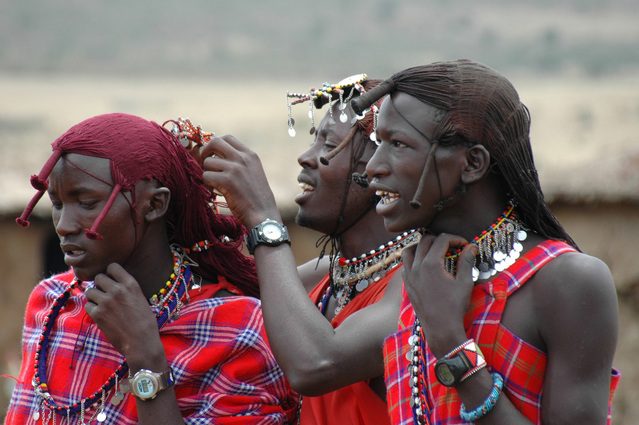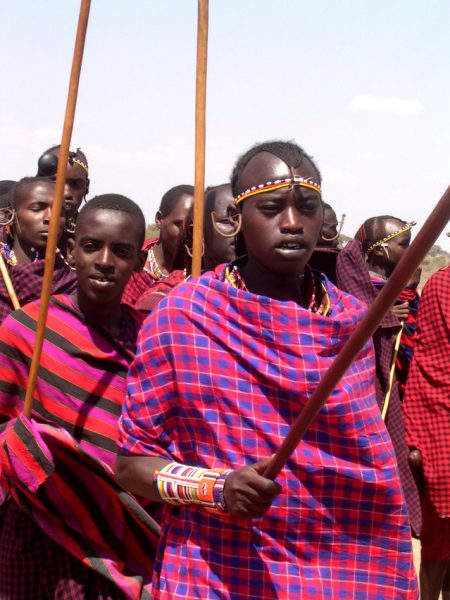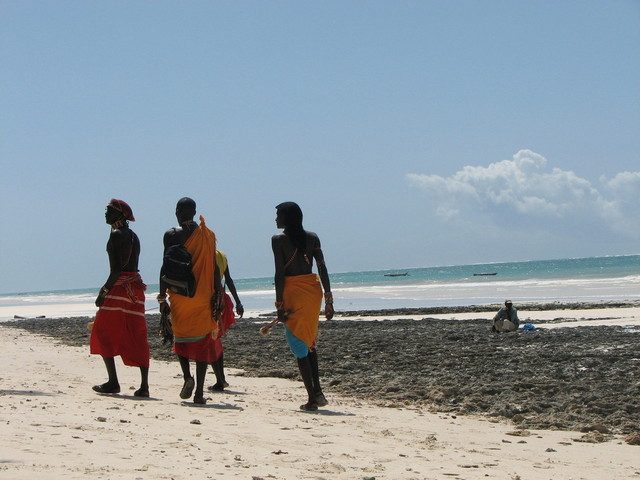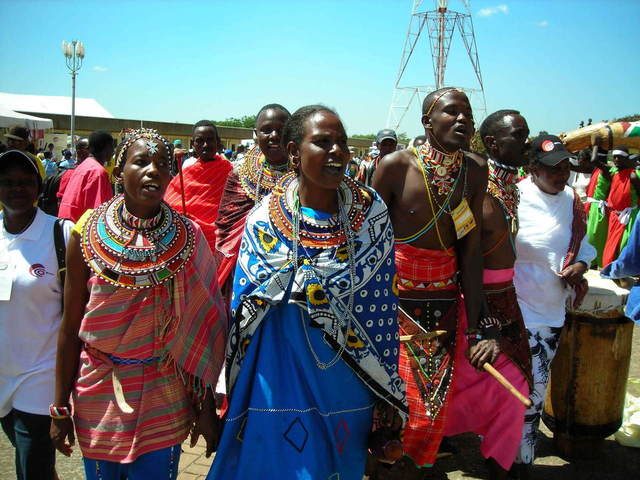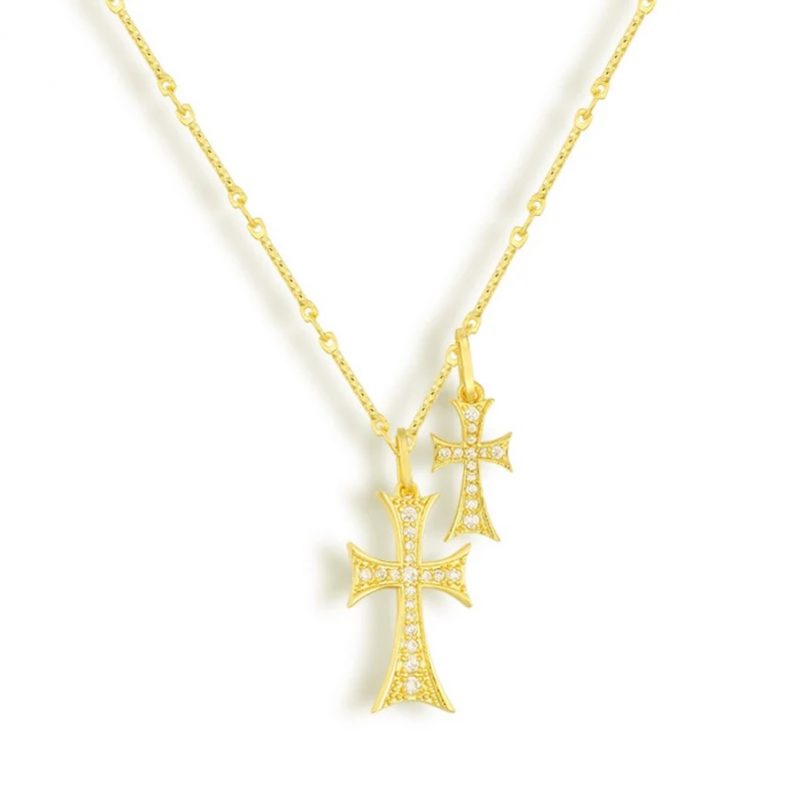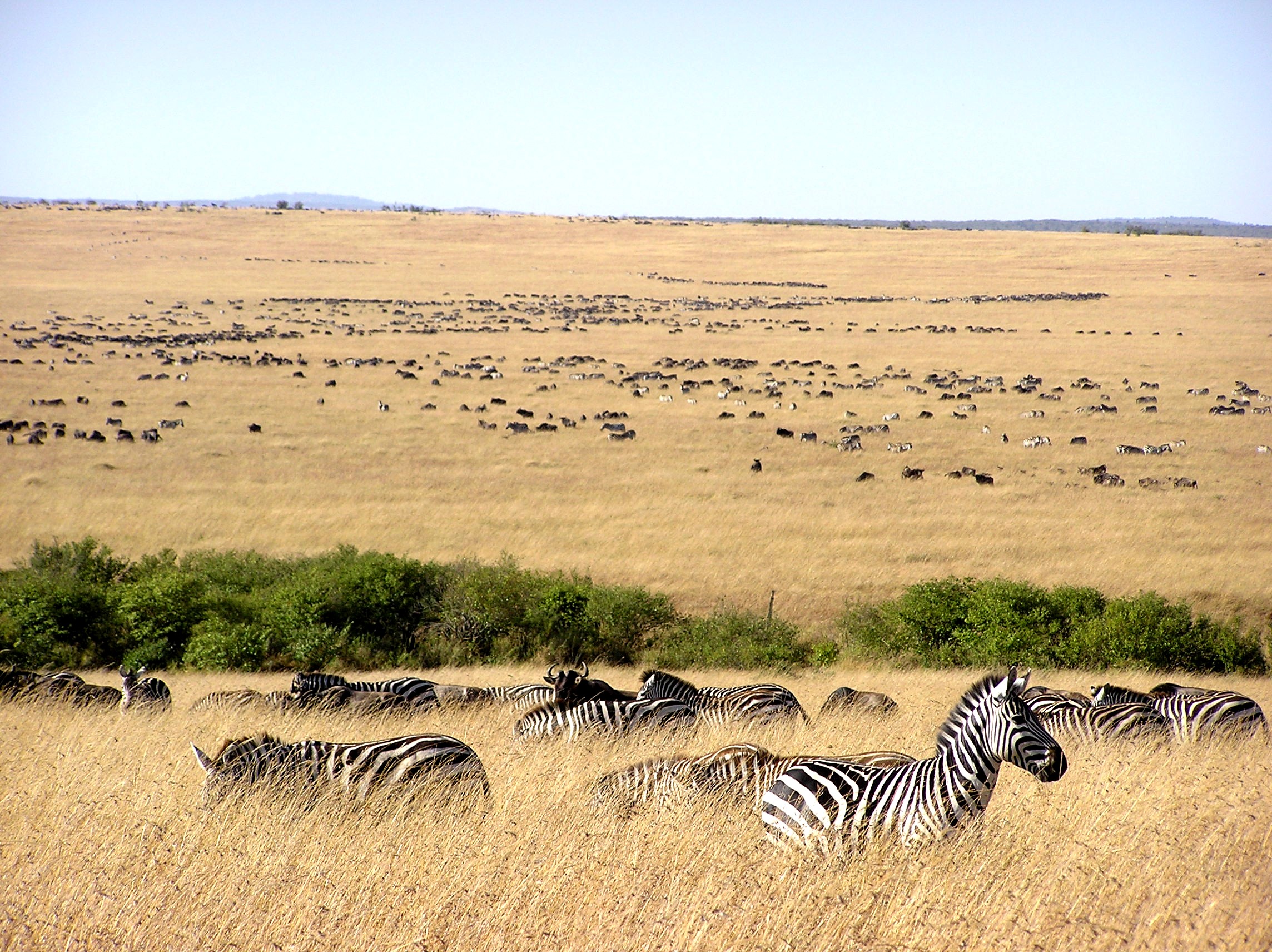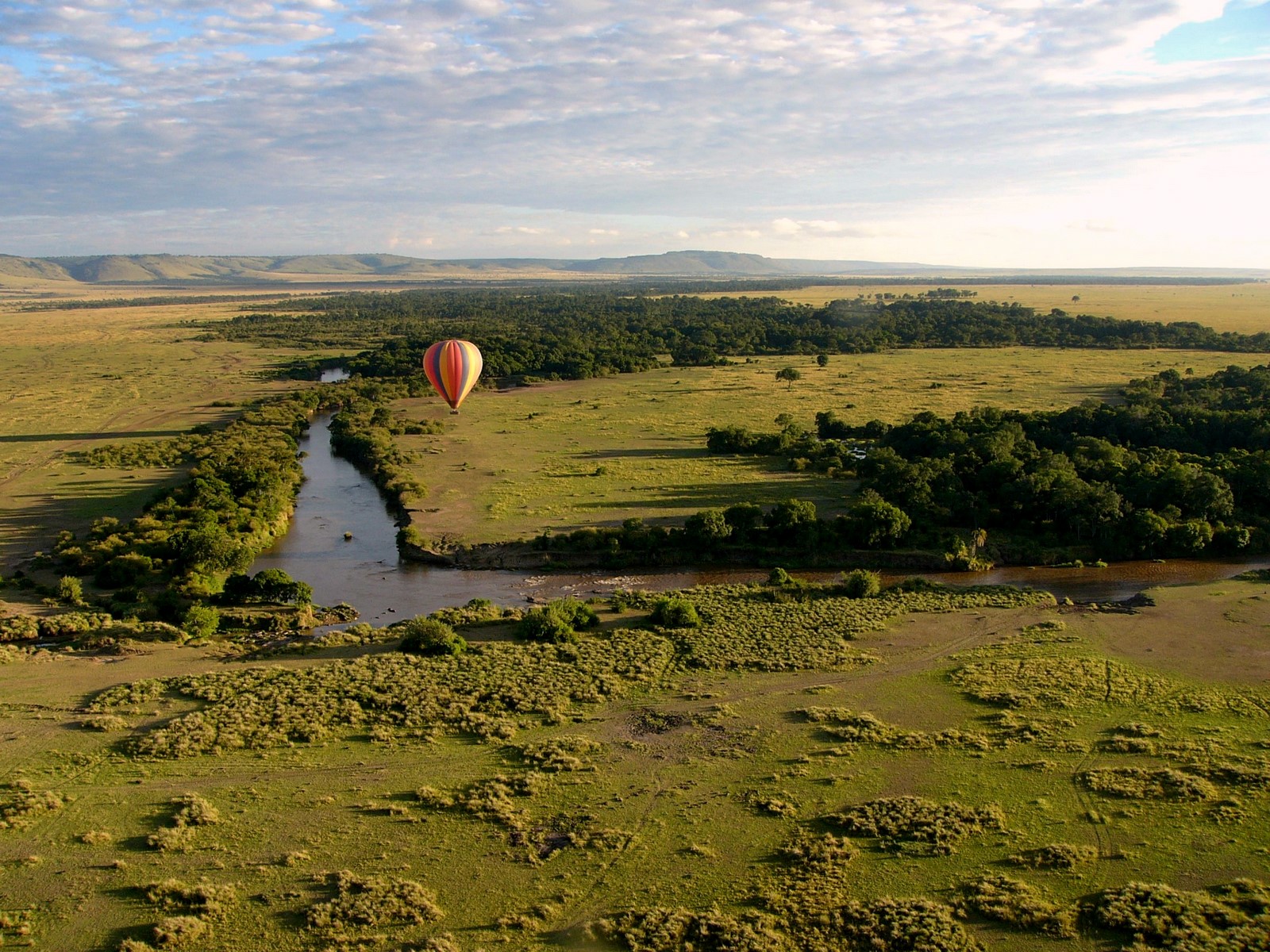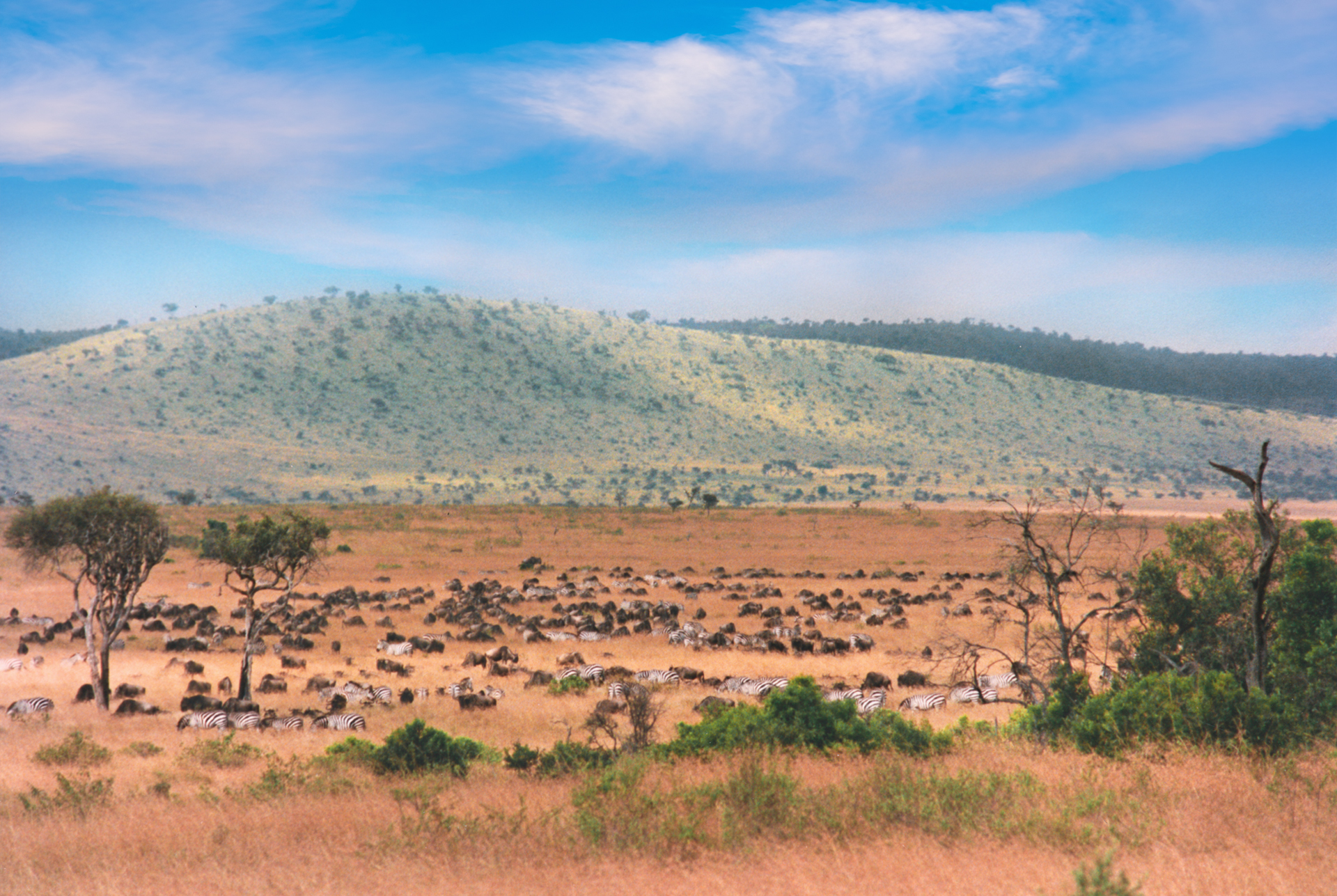Once A Maasai Always A Maasai
The Maasai group is one of the most famous tribes in the culture of Africa living along the Great Rift Valley, a large tract of land between Kenya and Tanzania. Needless to say. they are a semi-roving people. Therefore the world knows them for their unique way of life, cultural habits and customs, cattle-herding abilities and as highly-skilled warriors. Perhaps, not so surprisingly, the western world love to talk about Maasais as an exotic race, lost tribe of Israel or a troop from the lost Roman legionnaires.
Popular Masai image
The striking pose of a slender Maasai warrior dressed in red either leaning on their long spears or standing on one leg is common in the bush of Kenya. Hence the linking to the classical Roman soldier seems apt more so because they also wear red togas and sandals like that of the Romans. But Merker’s, a German scientist’s, theory of Maasai as the lost tribe of Israel lingers in people’s popular psyche all over the world. Similarly, Perry in his book The Children Of The Sun implies that he believes Maasais belong to the Semitic race which has wandered from Arabia and mingled with the elements in African parts. Oddly as well, their customs in so many respects closely look like those of the Jews.
Cryptic early origins
Mystery, myths, and legends shroud the past and early Maasai history. However, much of their early origins come from their vibrant oral traditions. In other words, there is a lack of written sources. That is to say, this local herd society often passed on their old know how in the form of folktales, stories, songs, poetry, and chants. They contain knowledge about old drugs, landscape ecology, grazing practices, the behaviour of animals, gathering of wild plant foods, and livestock management. Therefore, their origins are limited to our knowledge of them from the past few centuries. Maasais still hang on to their shukas, masks and religion that classically serve as relics of their past.
Source of Shuka
In the olden days, Maasais wore leather garments, calf hides, and sheepskin. They began to replace these clothes with Shuka in the 1960s. Also, known as African blanket, red, blue and black stripes adorn the Shuka cloth. They wrap them around the bodies. It is durable, thick, and sturdy, preventing the Maasais from the harsh terrain and weather of the Savannah. No one knows how Shukas came into being. Some believe that Maasais used them as currency for slave trade. Others think that they were introduced by the Scottish missionaries and the Shuka cloth does look like the Scottish tartan or plaid patterns. These days it is manufactured in Dar es Salaam and China.
Representation of masks
Masks are used in African culture to honor the ancestors, but Maasais historically used their masks in traditional ceremonies such as celebrations, initiations, war preparations, and crop harvests to scare their opponents. The facade shows the stretching of their earlobes which is characteristic of Maasais. During such ceremonies, a Maasai member would enter into a deep trance who will then deliver a message from the spirit of an animal or a mythological being. The mask often represented the spirits. The member communicated in groans, partial phrases, or broken sentences. An elder or wise man usually served as an interpreter. Today, modernism has done away with such traditional practices and ceremonies. They are often only practiced for tourists after which the masks are sold to them to make an income or to provide a livelihood for the artisan or carver.
Belief in religion
In recent years, Maasai religious leaders have widely gotten a reputation as the best healers. Their knowledge of traditional healing has earned them respect. Even as western medicine gains ground, people search out more orthodox remedies. The healing rituals may appear like superstitions or cults. But Maasais don’t have the cults that many African tribes do because they are nomadic. Neither do they believe in life after death, and that is one of the many reasons they do not bury after death.
Evolution of Maasai
What came of this ancient tribe and its extent of evolution to the modern world is a fascinating story often described through their dressing, accessories, and spiritualism. The Maasai elders pass on their symbolic meaning orally through generations. But in recent times, some explorers and historians have attempted to write down about their way of life. Hence, these journals depict their life as seen from outside.
Cradle of mankind
According to the archaeological record, the Maasais left the lower Nile Valley in the 16th century, traveling south through Kenya to central Tanzania, becoming the southernmost speakers of the Maa family. They claimed a huge portion of the Rift Valley and made their home in Maasailand over the course of 300 years, developing distinct dialects of Maa. Anthropologists call the area The Cradle of Mankind. The Maasai warriors became such a formidable force in the area that even the invading Arab slave traders stayed away from them.
Decimation of community
Powerful as they may be, the Maasais faced a downfall towards the 19th century. The late 1800s was a particularly bad time for the Maasais. They suffered massive losses due to drought, epidemics, and starvation. Smallpox killed about two-thirds of the population taking a devastating toll on them. And rinderpest which is an animal disease killed many wild animals and almost all their cattle. Also, in the 1870s, Somalis captured some Maasais from the subgroup Kore.
Conversion to Christianity
Along with the misfortune came the missionaries to civilize them by coaxing them to change their primitive and savage habits. Eventually, they managed to convert a large number of Maasais to Christianity with a few old habits remaining.
Grabbing of land
Treaties between the Maasai and Kenyan governments broke up their land in the 1900s. They awarded half of the area near Mount Kilimanjaro to the white farmers. Some other parts became parks and wildlife preserves like the Maasai Mara Game Reserve and the Nairobi National Park. And they confined the Maasais to smaller areas in their territory. But they still retain grazing rights in a few areas although the government pressured them to live like urban people. The loss of land forced many Maasais to find modern jobs to earn a living. Today they often work as local tour guides, traditional dancers, as well as hand-made beaded jewelry sellers.
Traditional Maasais continue to resist the governments to adopt more modern ways of life. They routinely ignore international borders as they graze they cattle herd along the boundaries of Kenya and Tanzania. It is not a wonder then that the admirers of Maasais portray them like a long lost Jewish tribe who have continued to live their lives in peace with the wild nature.
5 Frequently Asked Questions About Maasai wisdom
To book a safari in Maasai Mara, please fill out the following form or simply email us on safaris@safari-center.com

